Meayll Hill (Mull Hill) Stone Circle
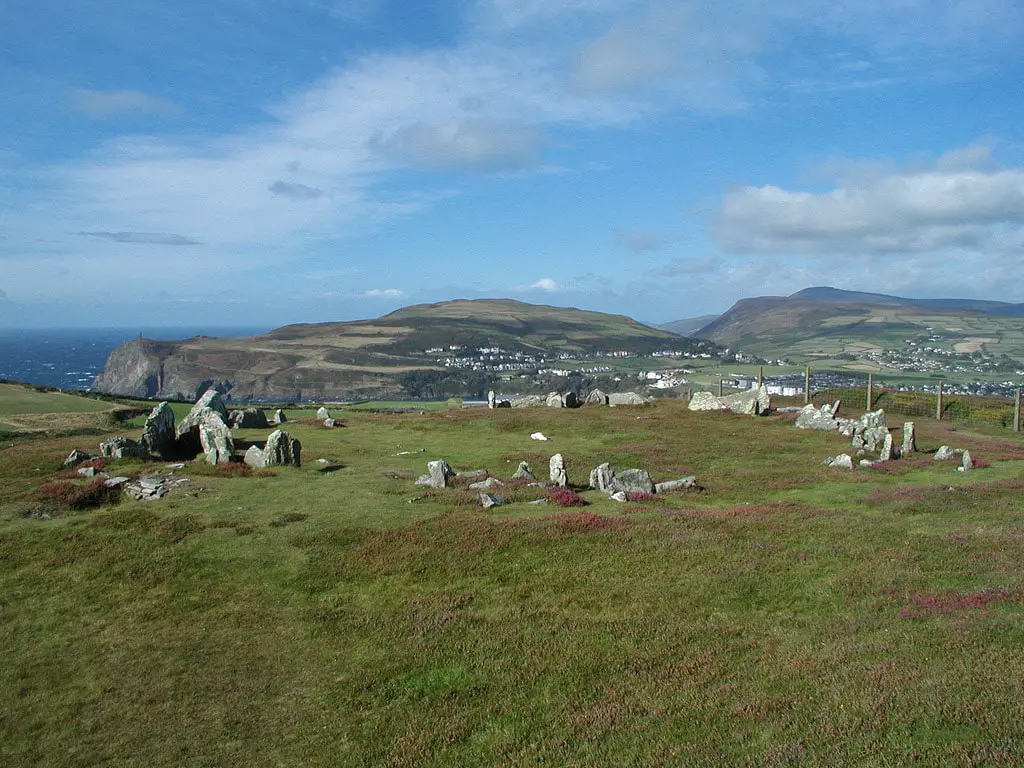
Hill with a ring of standing stones – with six pairs of burial chambers aligned along the circle. Remains of Neolithic huts.
Le Dehus passage grave
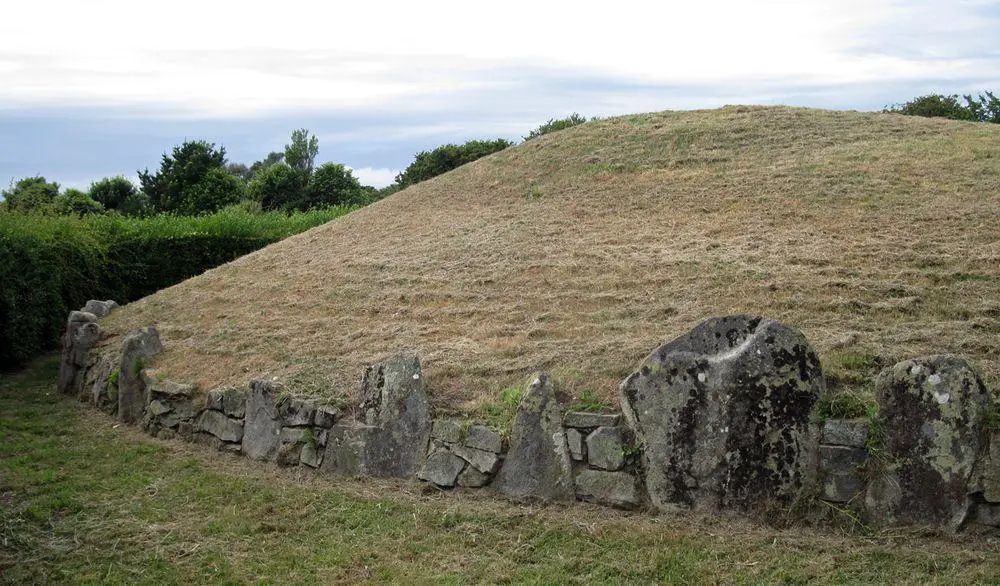
Impressive passage grave, one of the best preserved Neolithic sites in Guernsey. The central passage has four side chambers, grave still is covered with a mound with a 20 m diameter. Inside were found Neolithic burials. Unique feature – a carving in a capstone that shows a stylized face.
Pentre Ifan
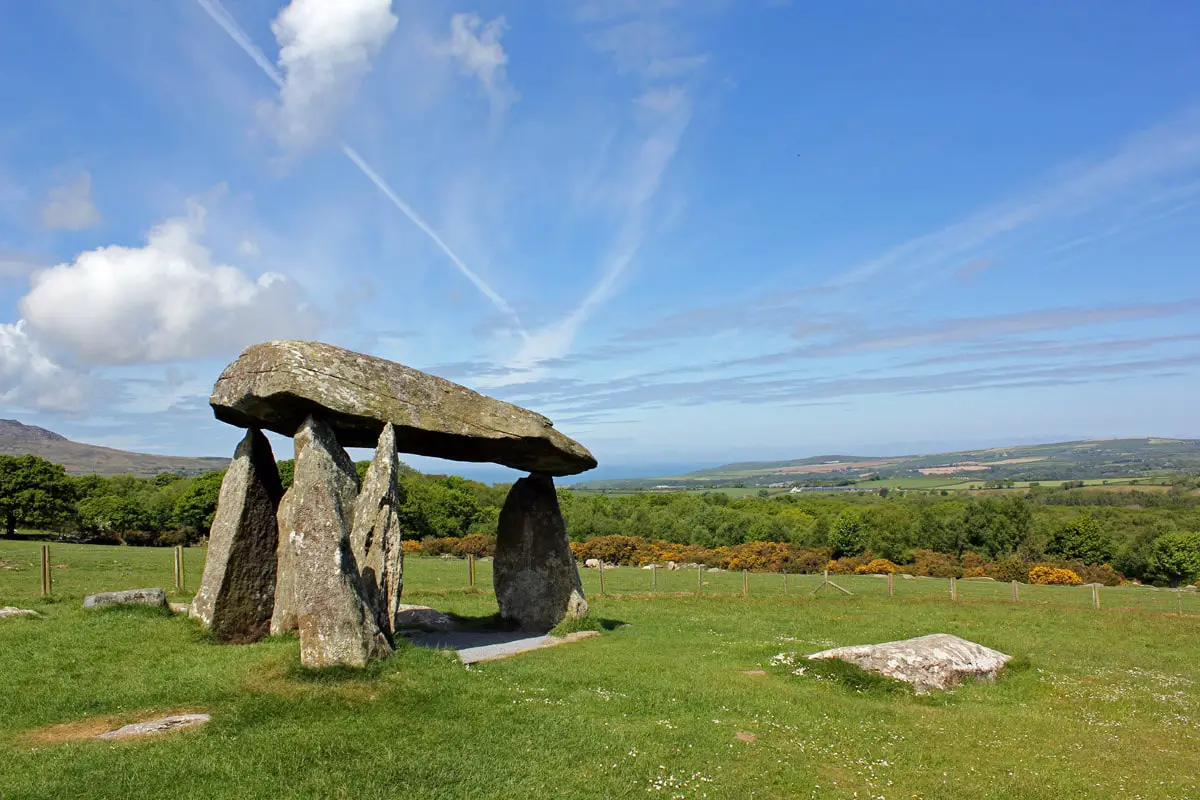
One of the most impressive and best-preserved Neolithic dolmens in Wales. Built sometime around 3500 BC. At least seven enormous stones still are in their original places, including a 16 tonnes heavy capstone.
La Hougue Bie
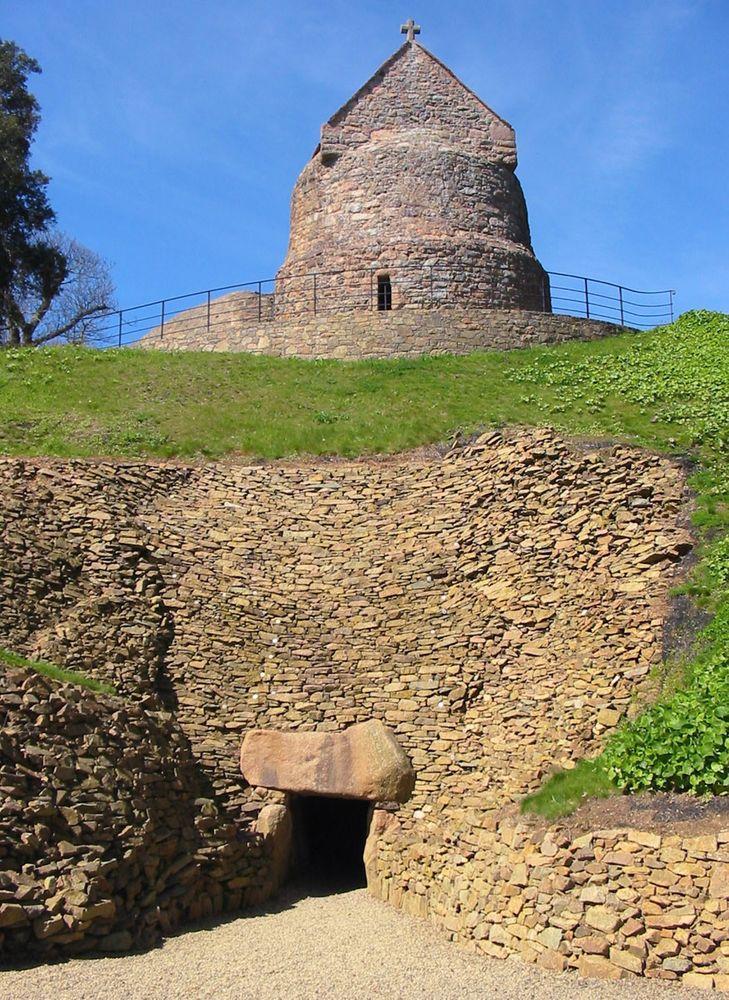
One of the most impressive passage graves with an 18.6 meters long chamber under a 12.2 meters high earthen mound. Developed sometime around 4000 – 3500 BC.
Stonehenge

One of the most popular archaeological monuments in the world, consisting of a group of large standing stones in a circular setting, erected sometime around 2500 BC (?). Located in the middle of a dense complex of archaeological monuments.
Dwarfie Stane
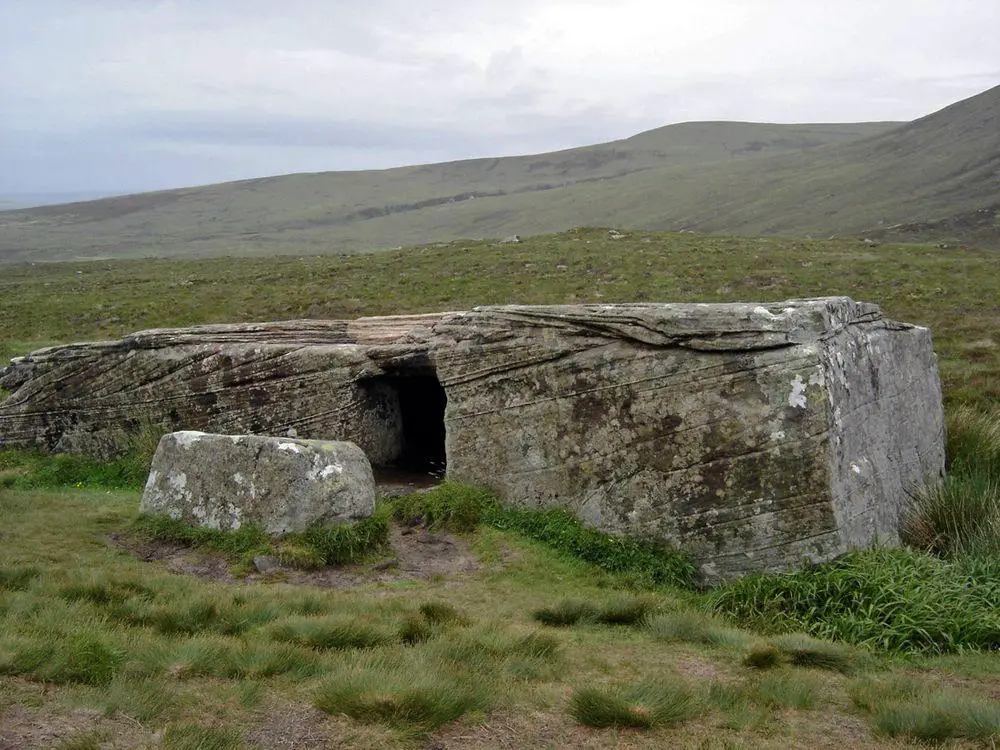
Unique monument – chambered tomb carved in a single block of sandstone. Possibly the only sample of Neolithic rock cut structures in Britain.
Kakamora Caves – mystery of the dwarf people
Legendary, inaccessible caves, where, according to locals, live Kakamora people – ancient dwarf people, just one meter tall, walking naked and endowed with incredible strength. Many believe that these people still exist.
Nusa Roviana hillfort and shrines
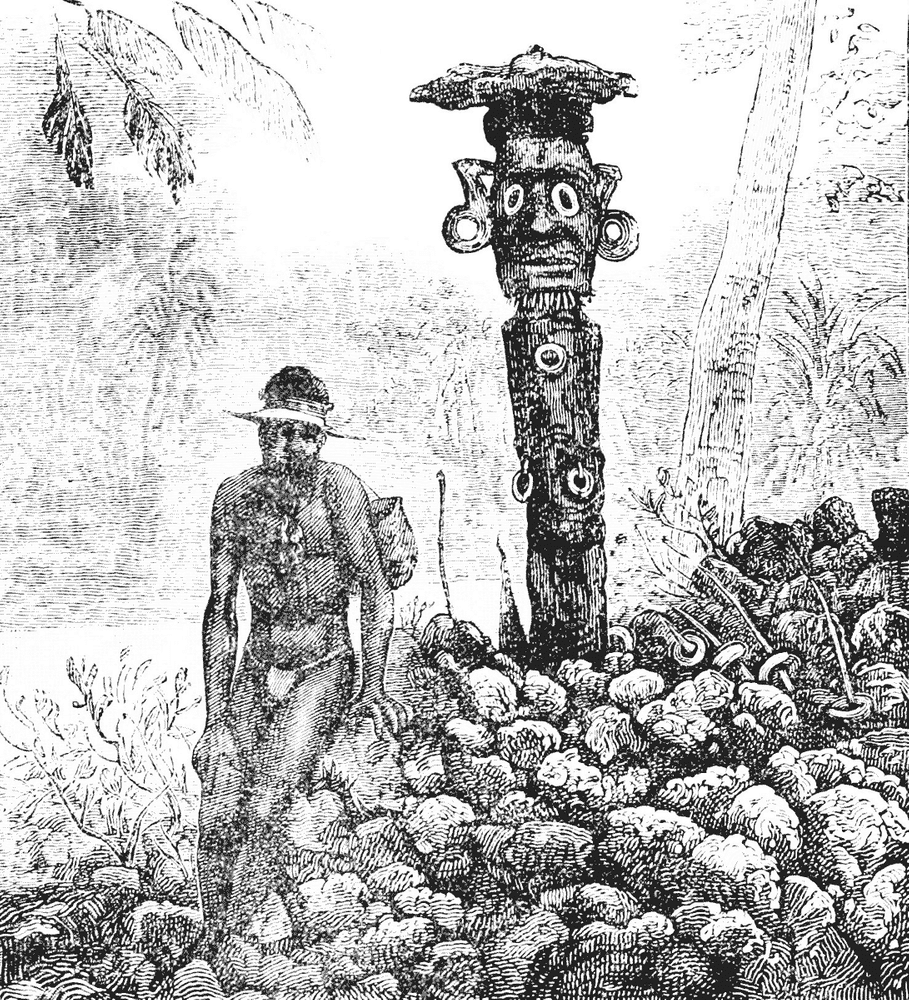
Impressive settlement complex – 600 m long hillfort with 3 m high, 2 m wide, and 500 m long wall made of stone rubble. Here are located 13 skull shrines filled with skulls of deceased chiefs. A small terraced area in the highest place of the island contains a legendary shrine – Tiola or dog shrine with a stone carving – dog’s head. The fortress was destroyed in 1892.
Arai Te Tonga – the most sacred marae in Rarotonga
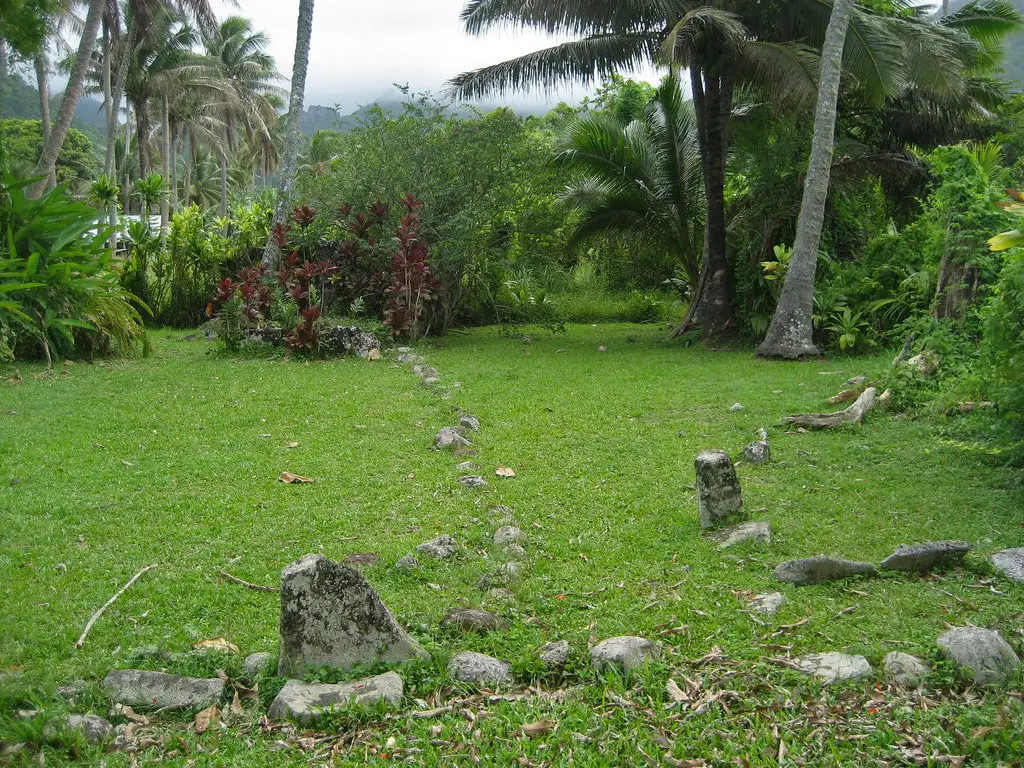
The most sacred marae in Rarotonga was developed roughly in 1250 AD. Not much is visible above the soil. Includes also koutu – a meeting ground. It is not allowed to step on a marae – it is still sacred.
Ara Metua – ancient Polynesian road
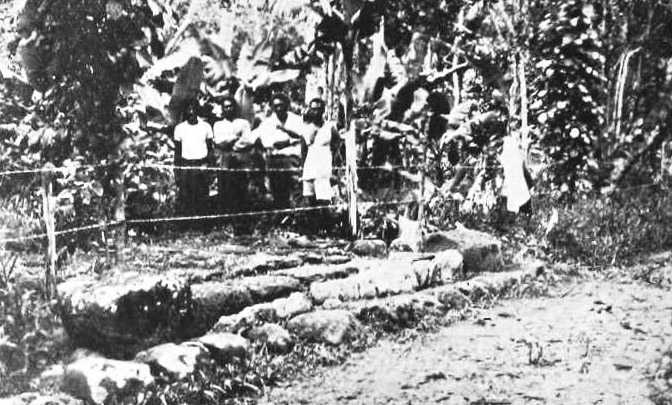
Ancient, approximately 29 km long ancient road, located inwards from the present road. Until the middle of the20th century road, for the most part, was paved with basalt and coral slabs well fitted together, in villages there was curbing as well. The road served as the central element in the spiritual, administrative, and economical life of the island. Possibly built as early as around 1050 AD.
